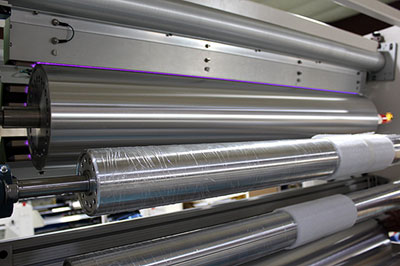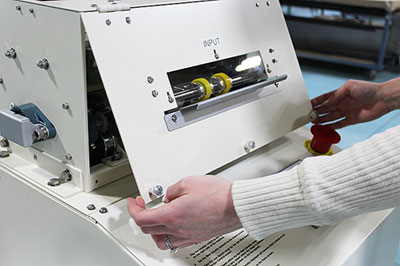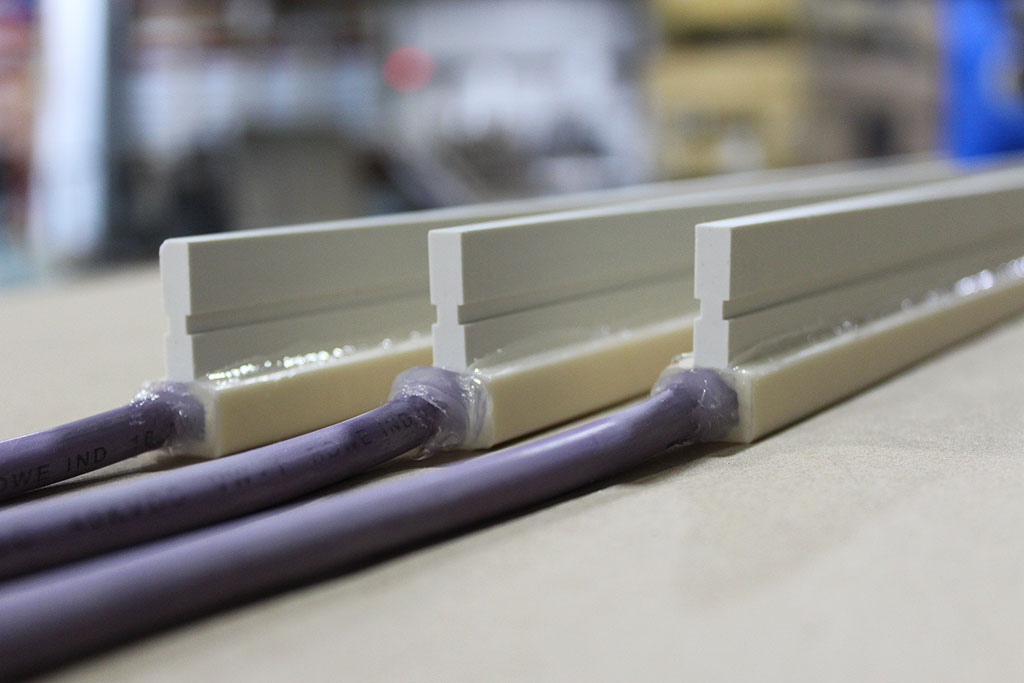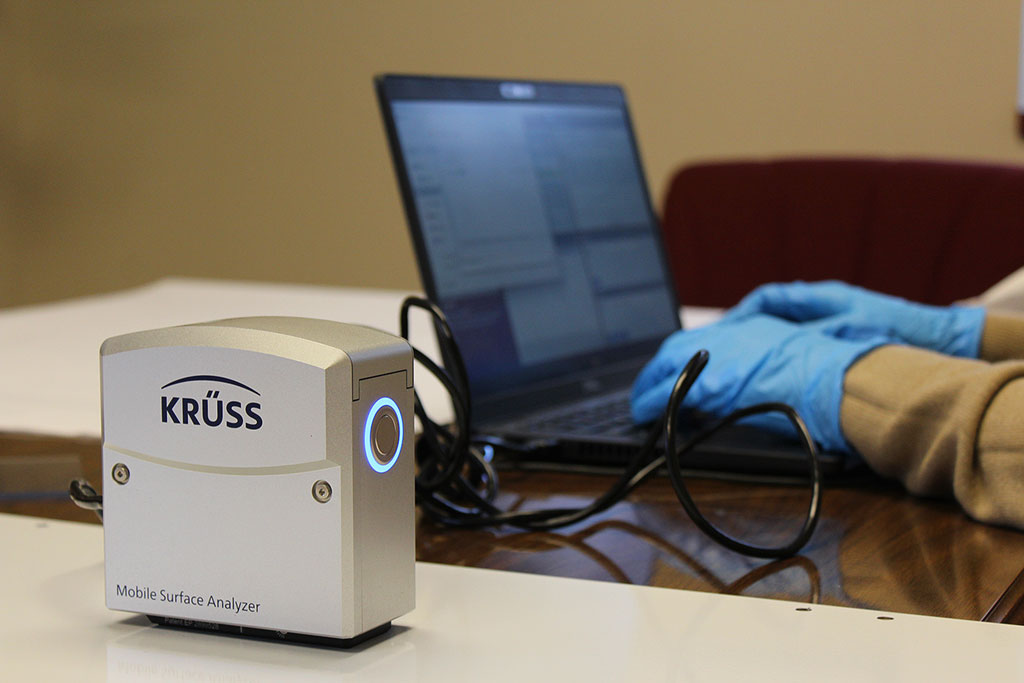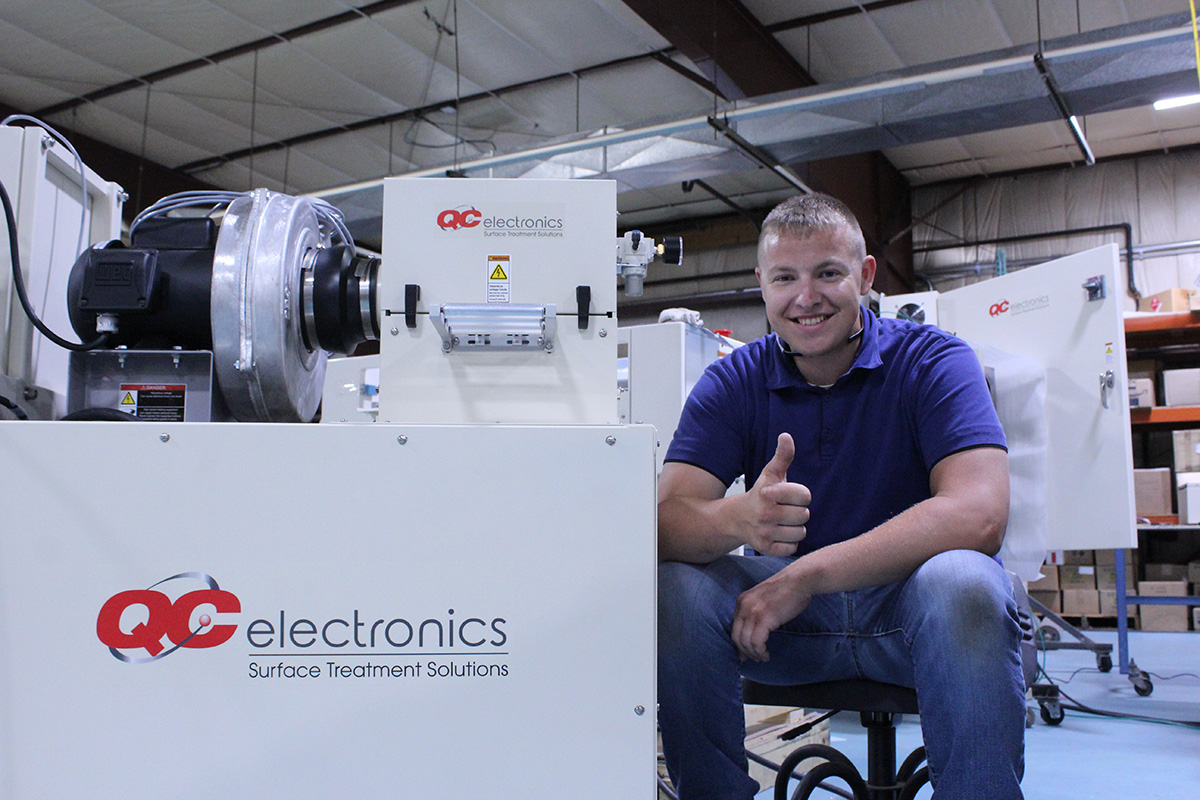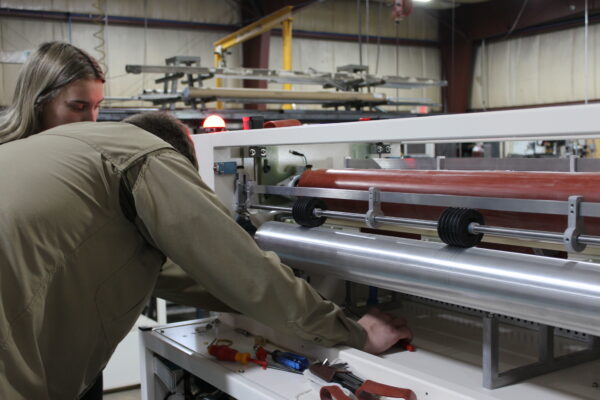Corona treatment and plasma treatment are two popular surface modification processes used in various industries to improve the adhesion and performance of coatings on substrates. Both processes are effective in increasing the surface energy of materials and promoting adhesion, but they differ in their mechanism of action, applications, and advantages. In this blog post, we will explore the differences between corona treatment and plasma treatment and their unique benefits.
Mechanism of Action
Corona treatment is a surface modification process that uses an electrical discharge to create a high-energy surface on the substrate. Power is applied to the electrode in the corona treating station, creating an ionized field of air between the electrode and the ground roll. This process increases the surface energy of the substrate and promotes the adhesion of coatings.
Plasma treatment, on the other hand, uses a low-pressure gas discharge to create a plasma. The plasma contains ions, electrons, radicals, and other reactive species that interact with the surface of the substrate, modifying its chemistry and physical properties. The plasma treatment process also increases the surface energy of the substrate and promotes adhesion.
Applications
Corona treatment is widely used in the packaging industry to prepare plastic films for printing and adhesive bonding. It is also used in the automotive industry to improve the adhesion of coatings applied to metal parts such as bumpers, fenders, and trim. Corona treatment is suitable for substrates with low surface energy, such as plastics, which require surface activation to promote adhesion.
Plasma treatment is used in various industries, including electronics, aerospace, and medical, to modify the surface properties of different materials. It is used to promote adhesion of coatings on various substrates, such as metals, ceramics, and polymers. Plasma treatment is also used to improve the wettability, sterilization, and surface cleaning of materials.
Advantages
Corona treatment offers several advantages, such as a low cost, simple operation, and high throughput. It is also suitable for continuous production lines and can be easily integrated into existing manufacturing processes. Corona treatment is effective in promoting adhesion of coatings on substrates with low surface energy and can improve the performance and durability of coatings.
Plasma treatment offers several advantages, such as a high degree of control over the surface properties, versatility, and reproducibility. The plasma process can be customized to modify specific surface properties, such as hydrophobicity, biocompatibility, and electrical conductivity.
Conclusion
Corona treatment and plasma treatment are two effective surface modification processes that offer unique advantages and applications. While corona treatment is suitable for substrates with low surface energy and offers a low-cost and high-throughput solution, plasma treatment offers a high degree of control over the surface properties and versatility in its applications. Understanding the differences between these processes can help manufacturers select the most suitable surface treatment method for their specific needs and improve the adhesion and performance of their coatings.
